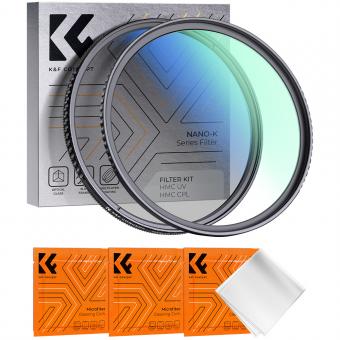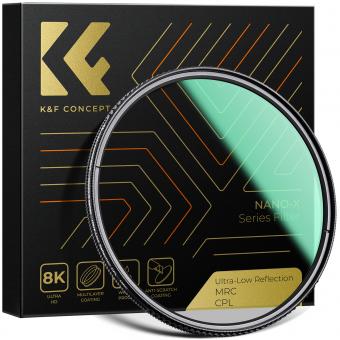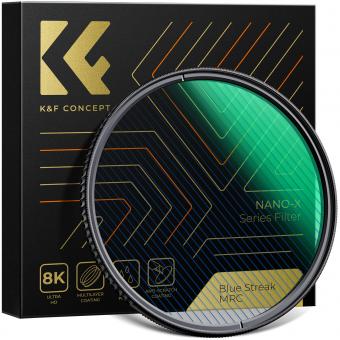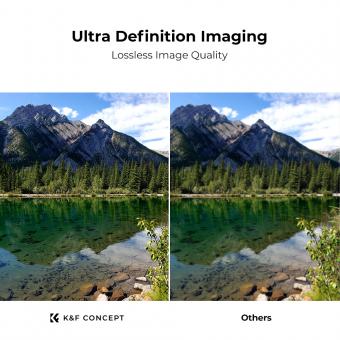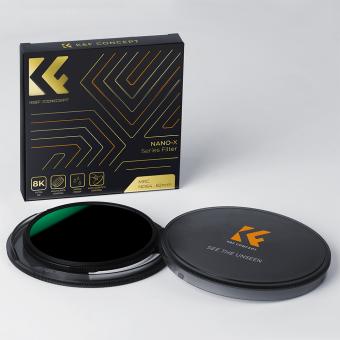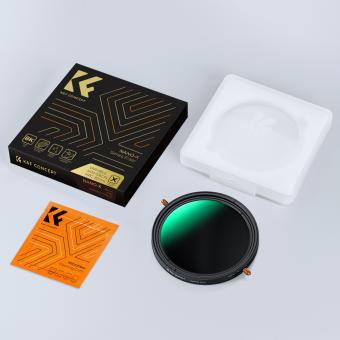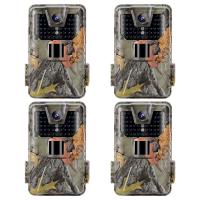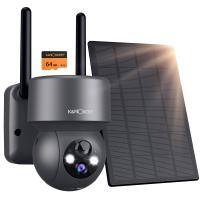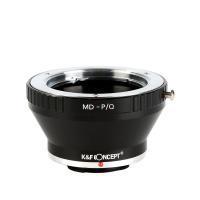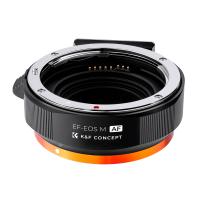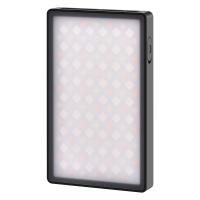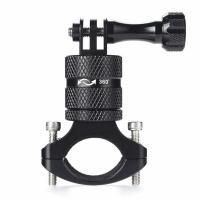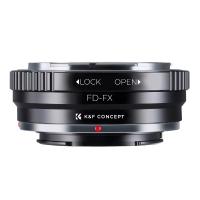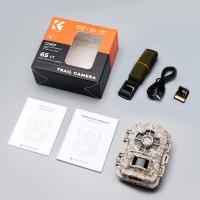What Does Polarizer Filter Do ?
A polarizer filter is a type of camera filter that is used to reduce glare and reflections from non-metallic surfaces such as water, glass, and foliage. It works by blocking certain light waves that are oriented in a specific direction, which helps to reduce the amount of light that is reflected off of these surfaces. This results in clearer and more vibrant images with better color saturation and contrast. Polarizer filters are commonly used in landscape and outdoor photography, as well as in architectural and product photography where reflections can be a problem. They are available in both circular and linear polarizing varieties, with circular polarizers being the most commonly used type for modern digital cameras.
1、 Definition and Function of Polarizer Filters
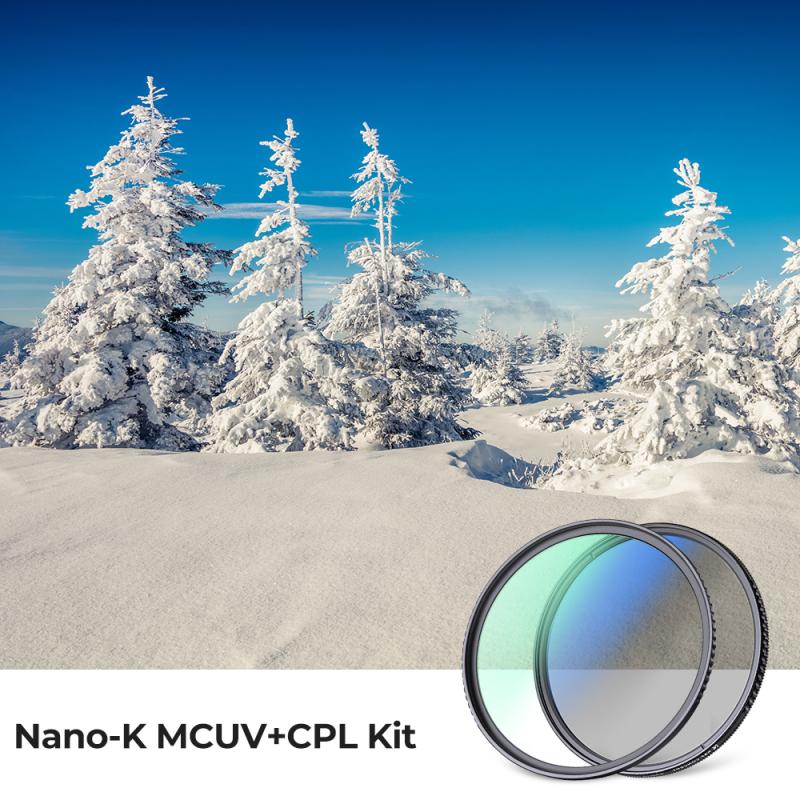
A polarizer filter is a type of camera filter that is used to reduce glare and reflections from non-metallic surfaces such as water, glass, and foliage. It works by selectively blocking certain light waves that are oriented in a specific direction, while allowing others to pass through. This results in a reduction of glare and an increase in color saturation and contrast in the final image.
Polarizer filters are commonly used in landscape and outdoor photography, where reflections and glare can be a major issue. They are also useful in portrait photography, where they can help to reduce shine and reflections on skin and hair.
In addition to reducing glare and reflections, polarizer filters can also help to enhance the colors in a scene. By blocking certain light waves, they can increase the saturation of colors such as blue skies and green foliage, resulting in a more vibrant and eye-catching image.
Overall, polarizer filters are an essential tool for any photographer who wants to capture high-quality images with minimal glare and reflections. While they may not be necessary for every situation, they can make a significant difference in the final result, especially in outdoor and landscape photography.
2、 Types of Polarizer Filters: Linear vs Circular
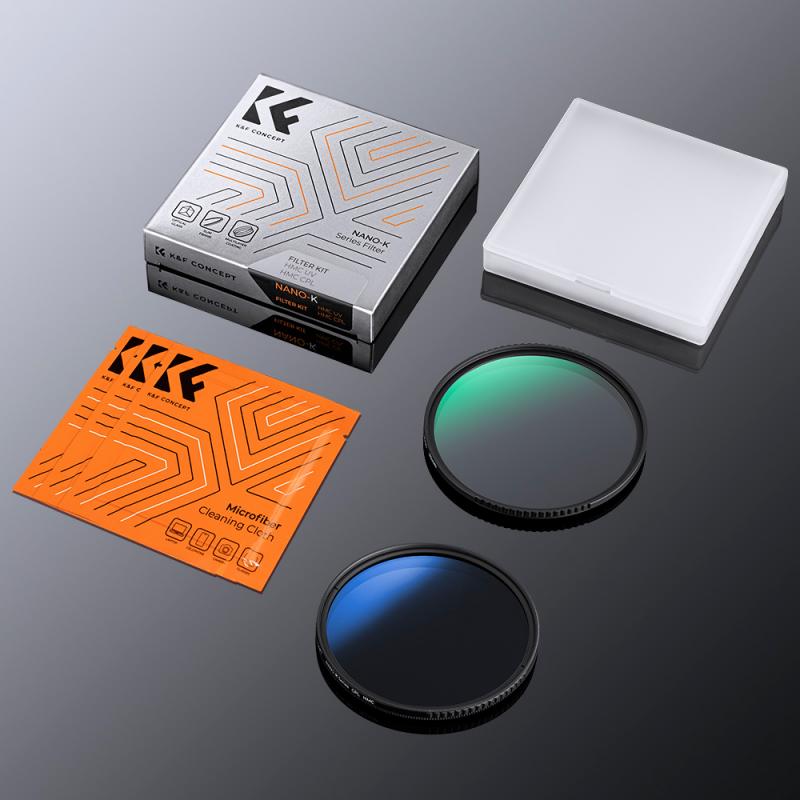
Polarizer filters are essential tools for photographers and videographers to control the amount and direction of light that enters the camera lens. These filters work by blocking certain light waves, allowing only the desired light to pass through the lens. The primary function of a polarizer filter is to reduce glare and reflections from non-metallic surfaces such as water, glass, and foliage. This results in more vibrant colors, increased contrast, and improved image clarity.
There are two types of polarizer filters: linear and circular. Linear polarizers were the first type of polarizer filters to be developed and are still widely used today. They work by blocking light waves that are vibrating in a specific direction, which reduces glare and reflections. However, linear polarizers can interfere with autofocus and metering systems in modern cameras, which is why circular polarizers were developed.
Circular polarizers work in the same way as linear polarizers, but they have an additional layer that rotates the polarization of the light waves. This allows them to be used with autofocus and metering systems without interfering with their functionality. Circular polarizers are the most commonly used type of polarizer filter today.
In recent years, there has been some debate about the effectiveness of polarizer filters in modern digital cameras. Some photographers argue that the dynamic range of modern cameras is so high that polarizer filters are no longer necessary. However, many photographers still use polarizer filters to achieve specific creative effects and to reduce glare and reflections in their images. Ultimately, the decision to use a polarizer filter depends on the photographer's personal preference and the specific shooting conditions.
3、 Applications of Polarizer Filters in Photography
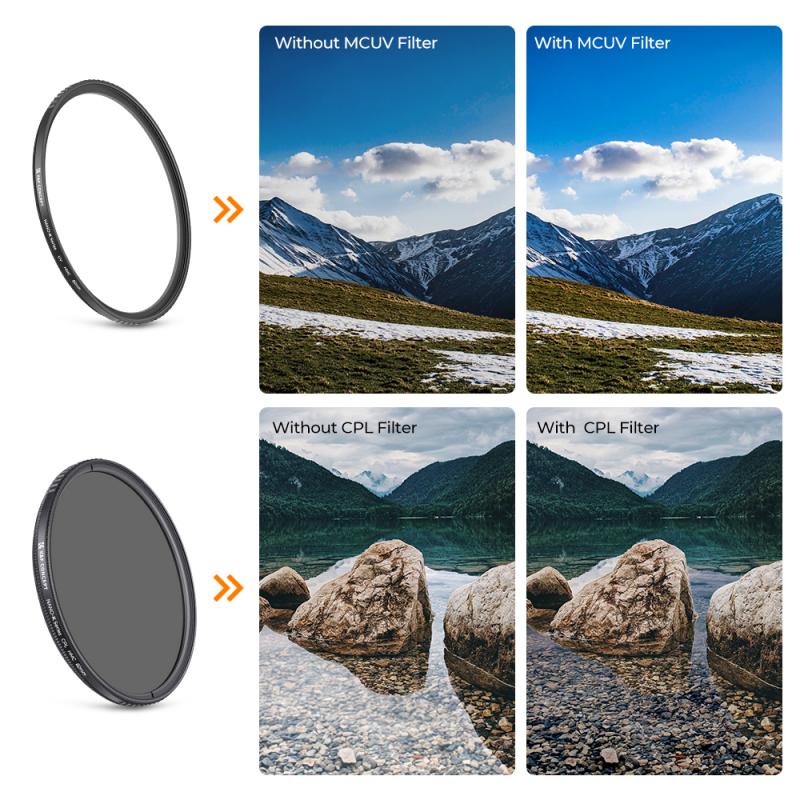
What does polarizer filter do?
A polarizer filter is a type of filter that is used in photography to reduce glare and reflections from non-metallic surfaces such as water, glass, and foliage. It works by blocking certain light waves that are oriented in a specific direction, allowing only light waves that are oriented in a perpendicular direction to pass through the filter. This results in a reduction of glare and reflections, and an increase in color saturation and contrast.
Applications of Polarizer Filters in Photography:
1. Landscape Photography: Polarizer filters are commonly used in landscape photography to enhance the colors of the sky, water, and foliage. By reducing glare and reflections, the filter can bring out the natural colors of the scene, resulting in a more vibrant and dynamic image.
2. Architecture Photography: Polarizer filters can also be used in architecture photography to reduce reflections from glass buildings and windows. This can help to create a more clear and defined image of the building, without the distraction of reflections.
3. Portrait Photography: Polarizer filters can be used in portrait photography to reduce glare and reflections from the skin, resulting in a more natural and flattering image.
4. Wildlife Photography: Polarizer filters can be used in wildlife photography to reduce glare and reflections from water, allowing for a clearer image of animals that live in or near water.
5. Sports Photography: Polarizer filters can be used in sports photography to reduce glare and reflections from shiny surfaces such as helmets and equipment, resulting in a clearer and more defined image.
In recent years, there has been a growing trend towards using polarizer filters in smartphone photography. Many smartphone manufacturers have started to include polarizer filters in their camera apps, allowing users to capture more vibrant and dynamic images without the need for additional equipment.
4、 Advantages and Disadvantages of Using Polarizer Filters
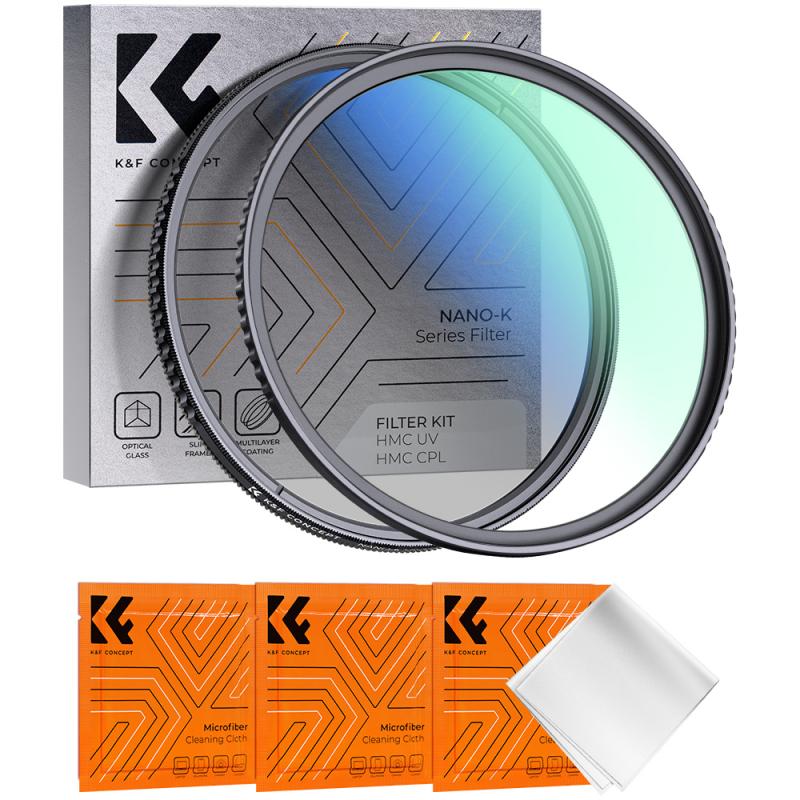
What does polarizer filter do?
A polarizer filter is a type of camera filter that helps to reduce glare and reflections from non-metallic surfaces such as water, glass, and foliage. It works by blocking certain light waves that are oriented in a specific direction, allowing only light waves that are oriented in a perpendicular direction to pass through the filter. This results in a clearer and more vibrant image with improved color saturation and contrast.
Advantages and Disadvantages of Using Polarizer Filters:
Advantages:
1. Reduces Glare and Reflections: Polarizer filters are particularly useful when shooting outdoors in bright sunlight or near reflective surfaces such as water or glass. They help to reduce glare and reflections, resulting in a clearer and more vibrant image.
2. Improves Color Saturation and Contrast: By blocking certain light waves, polarizer filters can help to improve color saturation and contrast in your images. This can be particularly useful when shooting landscapes or other outdoor scenes.
3. Protects Your Lens: Polarizer filters can also help to protect your lens from scratches, dust, and other debris. This can be especially important if you are shooting in harsh or dusty environments.
Disadvantages:
1. Can Reduce Light: Because polarizer filters block certain light waves, they can also reduce the amount of light that reaches your camera's sensor. This can result in longer exposure times or the need for a higher ISO setting.
2. Can Cause Uneven Skies: When shooting landscapes, polarizer filters can sometimes cause uneven skies, with one part of the sky appearing darker than the other. This can be particularly noticeable when shooting wide-angle shots.
3. Can Be Expensive: Polarizer filters can be quite expensive, especially if you are looking for high-quality filters that are designed to fit your specific lens. This can be a significant investment for some photographers.
Latest Point of View:
Polarizer filters are still widely used by photographers today, especially those who shoot landscapes or outdoor scenes. However, some photographers argue that the benefits of polarizer filters can be achieved through post-processing techniques such as adjusting the saturation and contrast in your images. Additionally, some newer cameras and lenses are designed with anti-reflective coatings that can help to reduce glare and reflections without the need for a polarizer filter. Ultimately, the decision to use a polarizer filter will depend on your personal preferences and shooting style.

